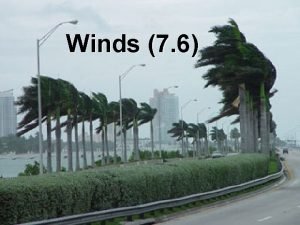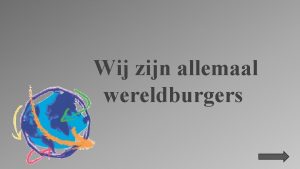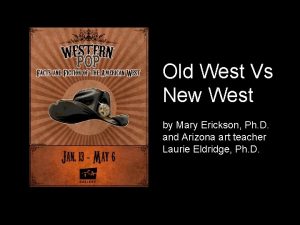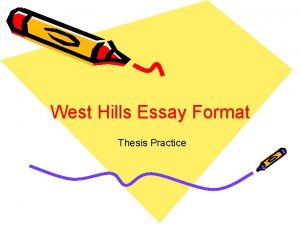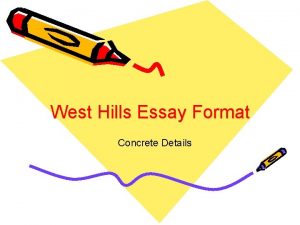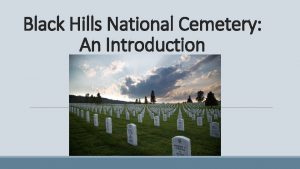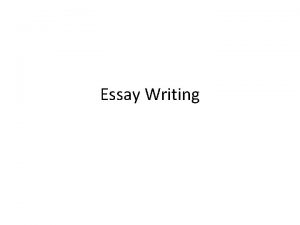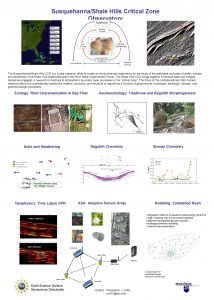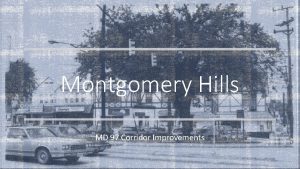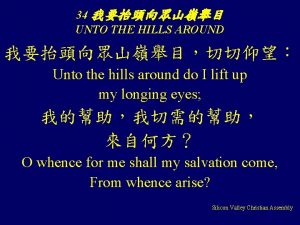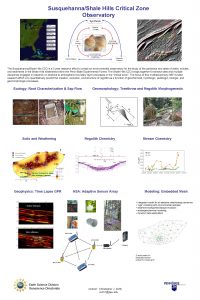West Hills Essay Format Introduction to the Format















- Slides: 15

West Hills Essay Format Introduction to the Format

The West Hills Essay Format is just a way to organize your thoughts logically. It is useful for lots of different kinds of writing, but this year, we'll primarily be using it to analyze literature. To understand the basic ideas behind this way of writing, think about a lawyer in a courtroom. The lawyer's goal is to prove his or her case, right? Well, in an essay, you are the one who is trying to prove something. We call that the THESIS.

A THESIS is something that you are trying to prove. It is a statement, and it includes something that you are trying to prove. It does NOT include any facts. You could find facts that would prove your THESIS. This is your evidence.

REVIEW: A THESIS is a statement that includes something to prove about what you’ve read. It has no facts. You could offer evidence to prove it. The evidence would be facts. EXAMPLE: The Wicked Witch of the West in The Wizard of Oz was responsible for her own fate. Question: Is this something to prove, or is it a fact? Could you argue about it?

The statement is a THESIS because it fits our description. EXAMPLE: The Wicked Witch of the West in the Wizard of Oz is responsible for her own fate. We could argue that what happens to the witch is actually not her fault. We could also try to find evidence to prove that she IS responsible. Therefore, this is a THESIS.

REVIEW the rules for deciding if a statement is a THESIS: A THESIS is something that you are trying to prove. It is a statement, and it includes something that you are trying to prove. It does NOT include any facts. You could find facts that would prove your THESIS. This is your evidence.

With a partner, look at the sample THESIS statements and, using the rules, decide whether or not each statement is really a THESIS. 1. Cinderella had two step sisters. 2. West Hills is a large campus. 3. There are 2, 400 students on our campus. 4. Goldilocks has great disrespect for others. 5. 5. School starts too early in the morning.

Once you’ve determined whether something is a THESIS or not, you can move on to proving your THESIS with evidence. At West Hills, we call this evidence CONCRETE DETAIL (CD): Facts or quotes that cannot be argued. These can be statistics, quotes from a story, or things that actually happened. They are used to prove your THESIS.

PRACTICE: CONCRETE DETAIL: Facts, quotes, things that cannot be argued. 1. There are 2, 400 students at West Hills. (Assuming the number is accurate, is this a CONCRETE DETAIL or a THESIS? ) 2. 2. The witch said, “I want those ruby slippers, and I’ll do whatever it takes to get them!”

3. Snowboarding is the most challenging sport of all. 4. Boys and girls should not attend the same school. 5. Nine out of ten teens who drive follow the rules, according to a survey taken by the Department of Motor Vehicles. 6. Parrots are annoying pets. 7. My parrot talks an average of six hours per day.

REVIEW: The THESIS is what you are trying to prove. The CONCRETE DETAIL (CD) is the evidence that proves the THESIS. The COMMENTARY (CM) explains why your CONCRETE DETAIL (CD) proves your THESIS. It does not have fact in it. It is your interpretation of the CONCRETE DETAIL (CD).

Let’s look at some examples: THESIS: West Hills is too large. CD: For example, there are 2, 400 students attending the school. CM: With this many students in one school, counselors and teachers don’t have nearly enough one-on-one academic interaction with students.

THESIS: West Hills is too large. (This is a THESIS because it is NOT a fact, but an opinion, or something to prove. ) CD: For example, there are 2, 400 students attending the school. (This is a CD because it is a fact. It cannot be argued. ) CM: With this many students in one school, counselors and teachers don’t have nearly enough one-on-one with students. (This is a CM because it does not contain fact, and it explains why the CD proves the THESIS. )

These 3 components are the foundation of the West Hills writing program. After a THESIS, we write what is called a CHUNK. A CHUNK is one CONCRETE DETAIL combined with 2 COMMENTARY statements. CD CM CM CHUNK

SAMPLE CHUNKS THESIS: West Hills is a large campus. CD 1: For example, there are 2, 400 students attending the school. CM: With this many students in one school, counselors and teachers don’t have nearly enough Chunk one-on-one with students. { CM: In a large student body, it is easy for a student to fall through the cracks and become overwhelmed, and with this high student-to-adult ratio, it is possible that these students will not get the help they need.
 Ccac west hills
Ccac west hills Horizontal movement of air
Horizontal movement of air Name of the wind series
Name of the wind series Wereldkaart noord oost zuid west
Wereldkaart noord oost zuid west East is east and west is west
East is east and west is west Old west vs new west
Old west vs new west Essay structure introduction
Essay structure introduction Structure of the essay expository
Structure of the essay expository Hình ảnh bộ gõ cơ thể búng tay
Hình ảnh bộ gõ cơ thể búng tay Slidetodoc
Slidetodoc Bổ thể
Bổ thể Tỉ lệ cơ thể trẻ em
Tỉ lệ cơ thể trẻ em Voi kéo gỗ như thế nào
Voi kéo gỗ như thế nào Tư thế worm breton
Tư thế worm breton Chúa yêu trần thế alleluia
Chúa yêu trần thế alleluia Môn thể thao bắt đầu bằng chữ f
Môn thể thao bắt đầu bằng chữ f


